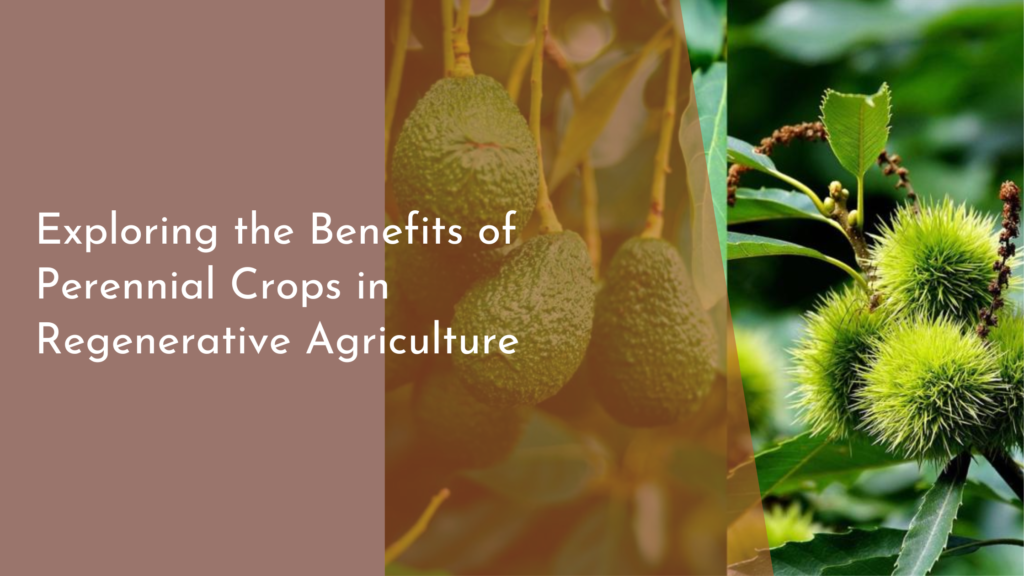How to Create More Urban Green Spaces in Your City
Urban green spaces have become vital components of modern cities, offering a sanctuary from bustling urban life and providing numerous environmental, social, and economic benefits. As urbanization continues to accelerate, cities around the world face the challenge of integrating more green spaces into their infrastructure. By creating urban green spaces, municipalities can improve air quality, reduce urban heat, and foster a sense of community. This article will guide you through understanding the importance of urban green spaces, identifying potential areas for development, finding creative solutions to maximize these spaces, and engaging the community in such initiatives.
Understanding the Importance of Urban Green Spaces
Urban green spaces, such as parks, community gardens, and green roofs, are crucial for maintaining environmental health in densely populated areas. These spaces serve as the lungs of a city, helping to filter pollutants and provide cleaner air. Additionally, green spaces mitigate the urban heat island effect, which is a major contributor to increased temperatures in cities. By absorbing heat and providing shade, urban greenery helps maintain cooler city temperatures, leading to reduced energy consumption for cooling purposes.
Beyond environmental benefits, urban green spaces significantly contribute to the social well-being of city residents. They offer a refuge where people can escape the hustle and bustle of city life, promoting relaxation and mental health. These spaces also encourage physical activity, as they provide venues for walking, jogging, or simply enjoying nature. Green spaces can serve as community hubs, fostering social interactions and inclusivity by hosting events and activities that bring people together. In essence, urban green spaces are key to creating a livable and sustainable urban environment.
Identifying Potential Areas for Green Development
The first step in increasing urban green spaces is to identify potential locations that can be transformed or repurposed. Underutilized areas such as vacant lots, abandoned buildings, and unused rooftops present excellent opportunities for green development. These spaces, often overlooked, can be revitalized into community gardens, pocket parks, or rooftop gardens, breathing new life into neglected parts of the city. Assessing the availability of such spaces and their potential for transformation is crucial for successful green space integration.
Furthermore, considering areas that naturally lend themselves to green development, like riverbanks, rail corridors, and parking lots, can also provide opportunities. Riverbanks, for instance, can be transformed into scenic walkways or natural habitats, enhancing biodiversity while offering recreational spaces. Similarly, converting sections of rail corridors into linear parks or trails can connect neighborhoods and provide continuous green routes through the city. An inventory of these potential areas, combined with creative planning, can pave the way for expanding urban greenery.
Creative Solutions for Maximizing Green Space
Maximizing green space in urban environments often requires innovative approaches that make use of limited space. Vertical gardens, for instance, offer a unique solution by utilizing walls of buildings to grow plants, thereby adding greenery without occupying ground space. These vertical installations can be both functional and aesthetic, contributing to city beautification while improving air quality and providing insulation for buildings.
Another creative approach is the implementation of green roofs, which transform rooftops into lush, vibrant ecosystems. Green roofs contribute to energy efficiency by enhancing insulation and reducing the need for extensive cooling in the summer. They also manage stormwater more effectively by absorbing rainfall, thereby reducing runoff and lowering the risk of urban flooding. By embracing such innovative solutions, cities can make the most of their available space and enhance their green infrastructure.
Engaging the Community in Green Space Initiatives
Community involvement is essential for the success and sustainability of urban green space projects. Engaging local residents in the planning and maintenance of green spaces fosters a sense of ownership and responsibility. By organizing workshops, meetings, and forums, cities can gather valuable input from the community, ensuring that green spaces meet the needs and preferences of residents. Collaborative efforts also help build social ties and empower communities to take charge of their environment.
In addition to participatory planning, cities can encourage community engagement through volunteer programs and educational initiatives. Hosting volunteer days for tree planting or garden maintenance can attract residents of all ages, fostering a shared commitment to improving their neighborhood. Educational programs can raise awareness about the benefits of urban green spaces and inspire residents to advocate for more. By actively involving the community, cities can create green spaces that are well-used, cherished, and maintained for generations to come.
Creating more urban green spaces in cities requires a strategic approach that involves recognizing their importance, identifying potential areas for development, applying creative solutions, and fostering community engagement. By transforming underutilized spaces and integrating innovative green technologies, cities can enhance their urban landscape and improve the quality of life for their residents. Through collaborative efforts and shared responsibility, communities can build greener, more sustainable urban environments that everyone can enjoy. Embrace the challenge, and let’s turn our cities green!

